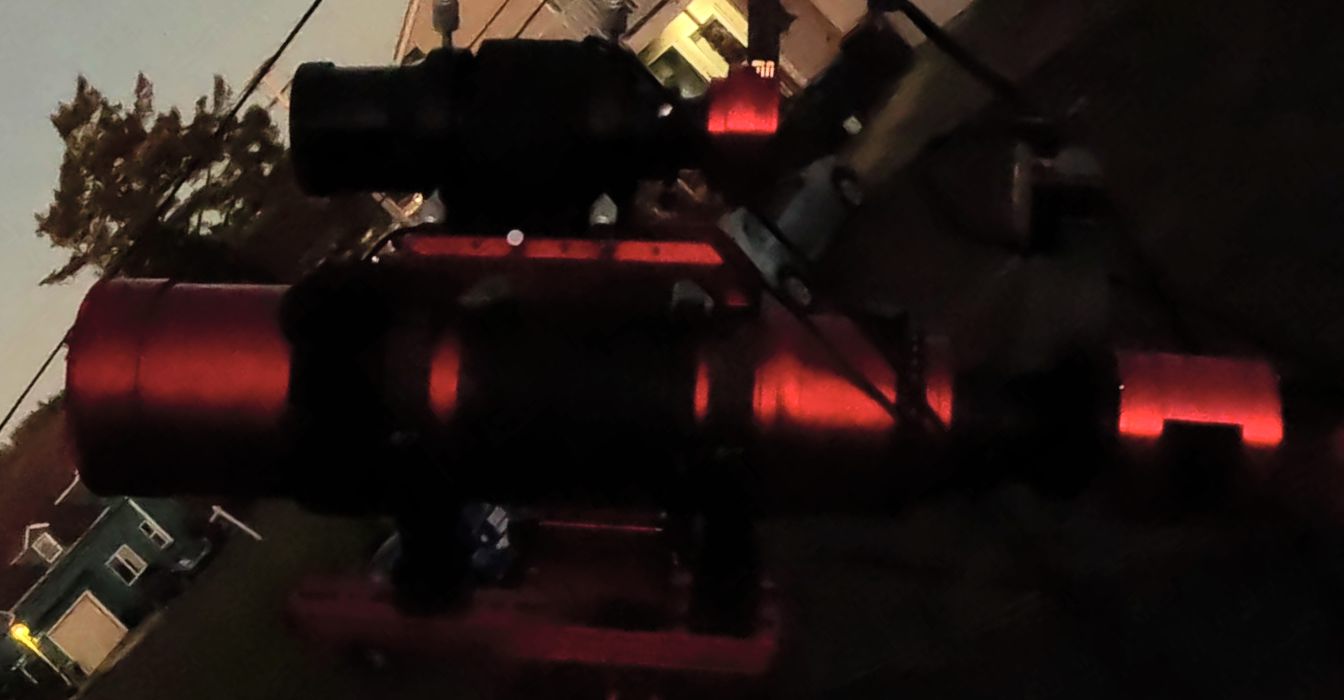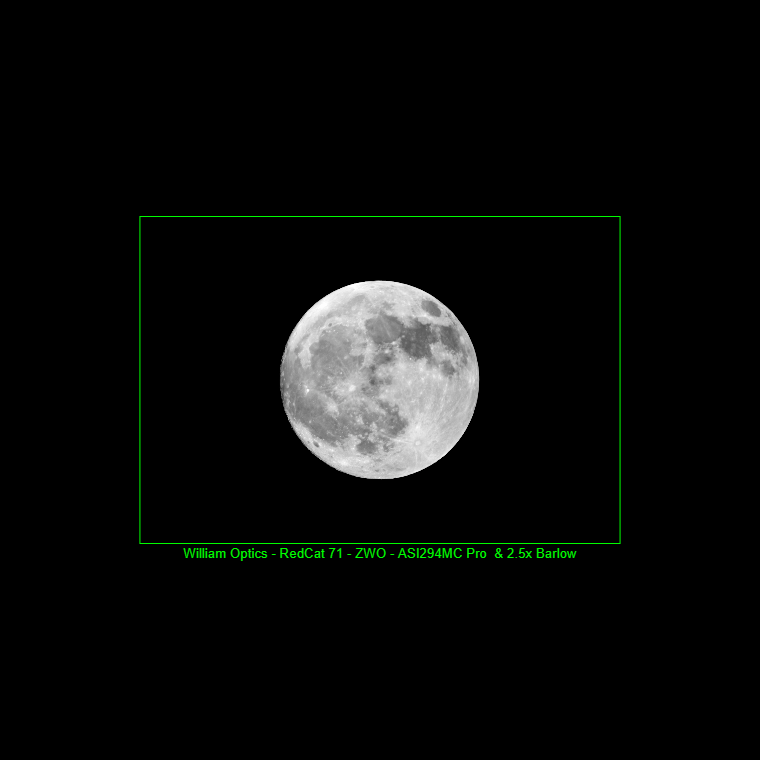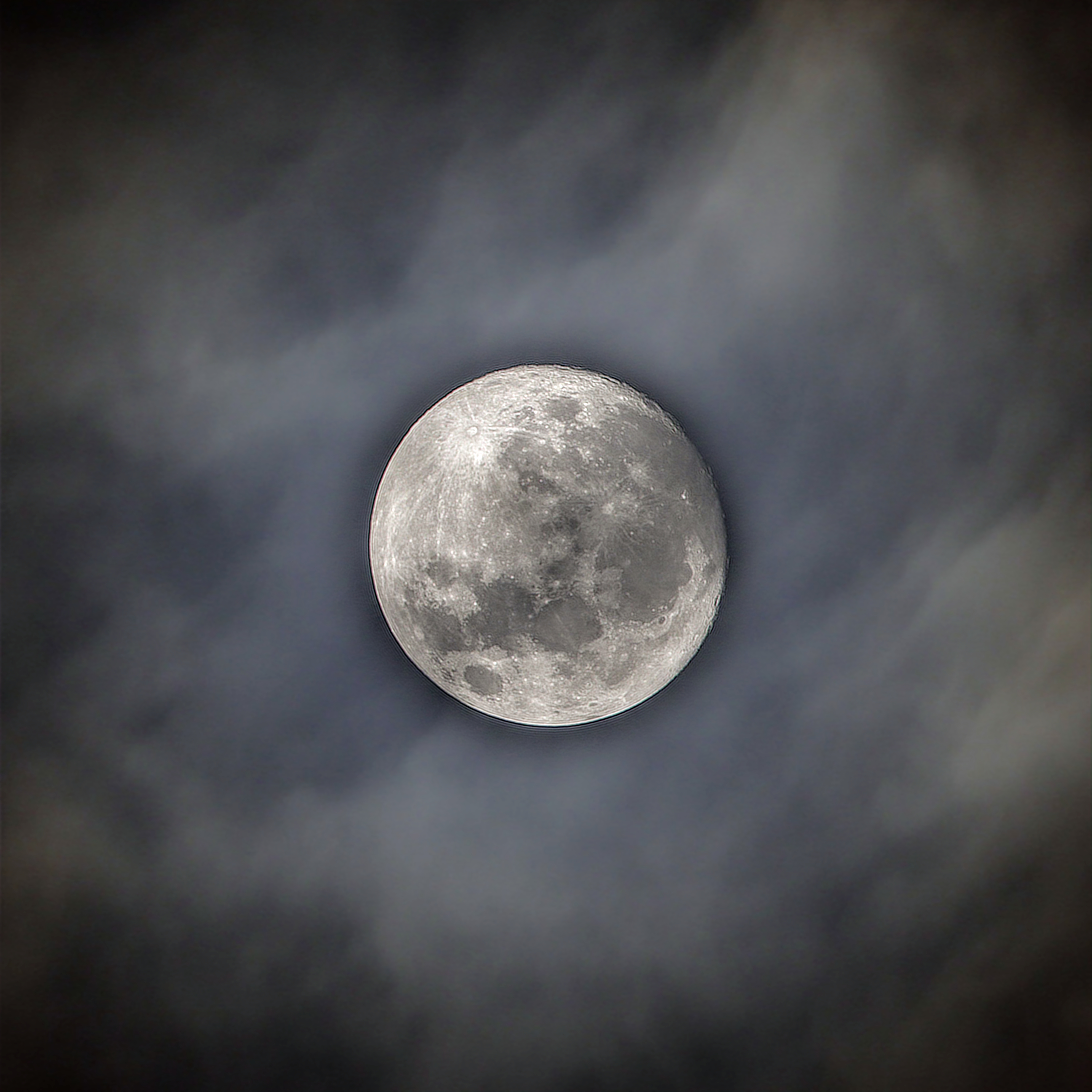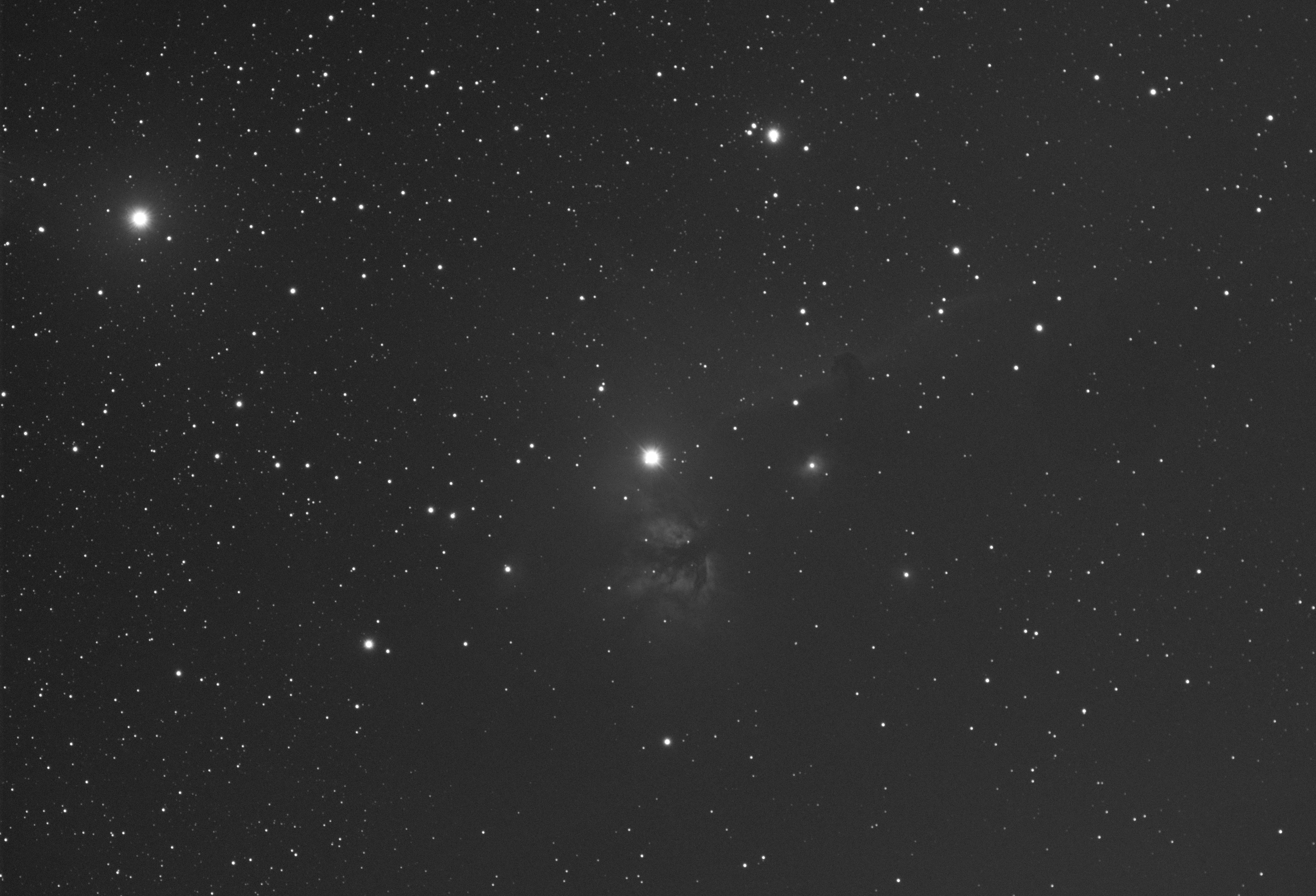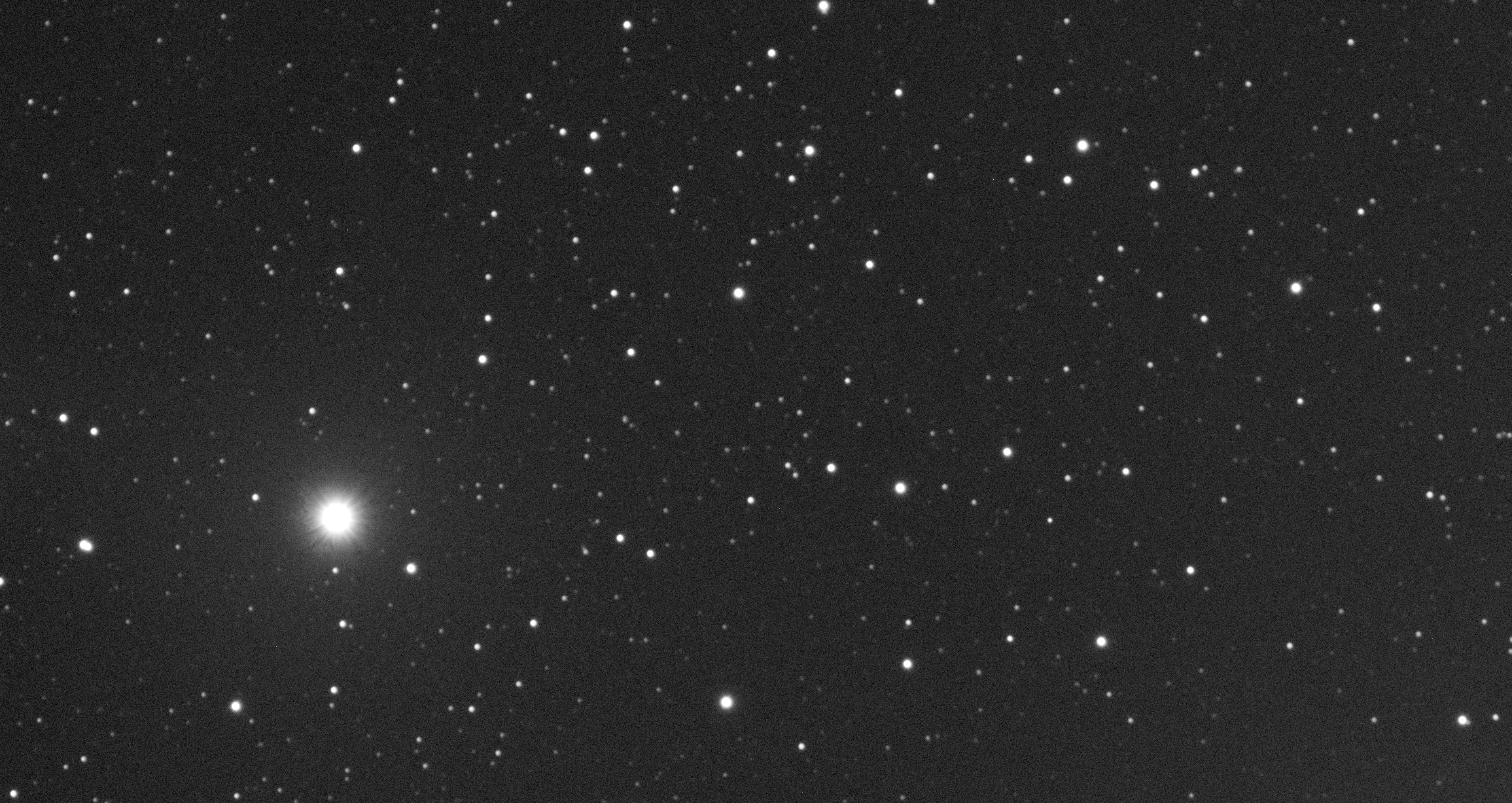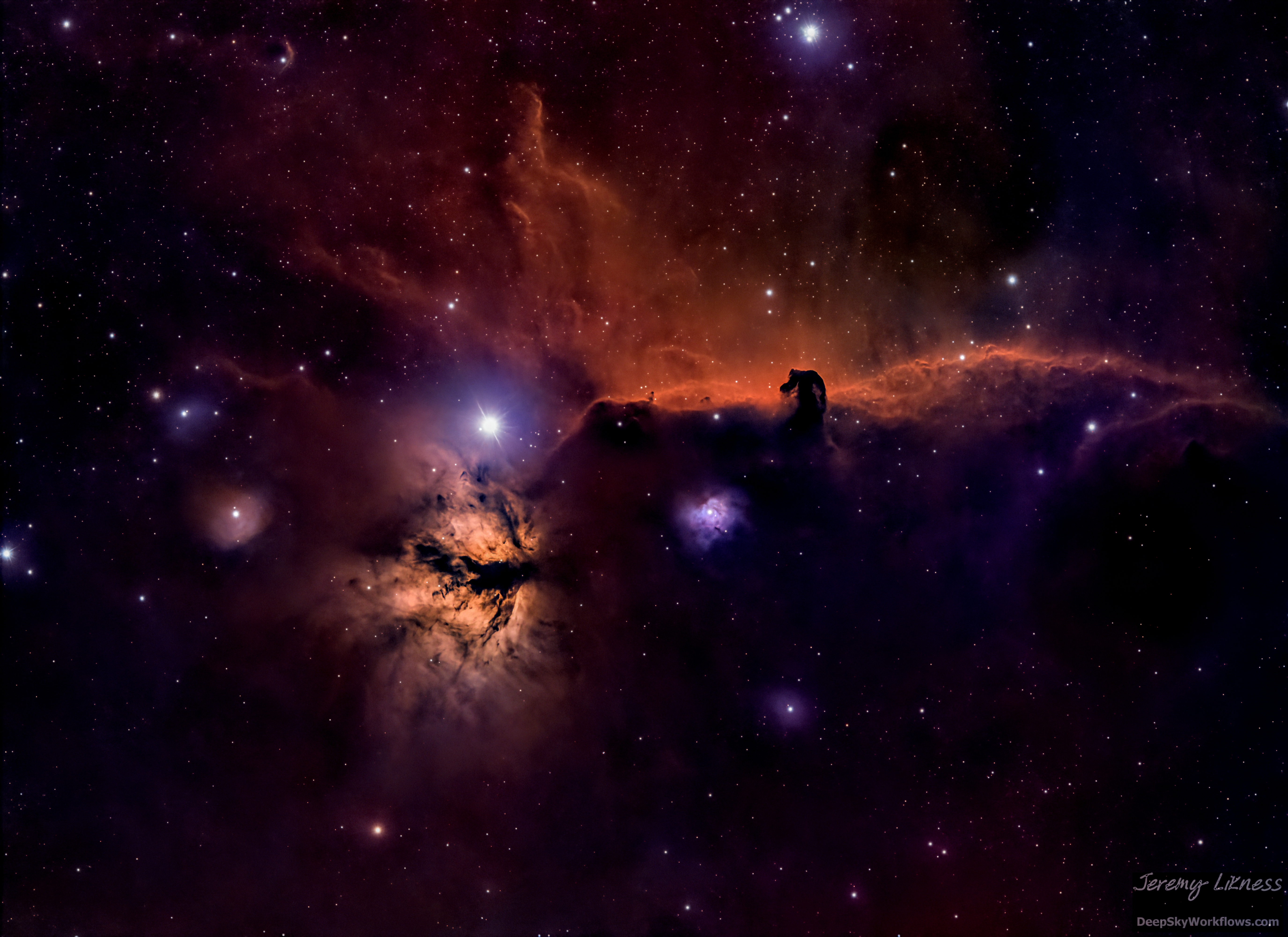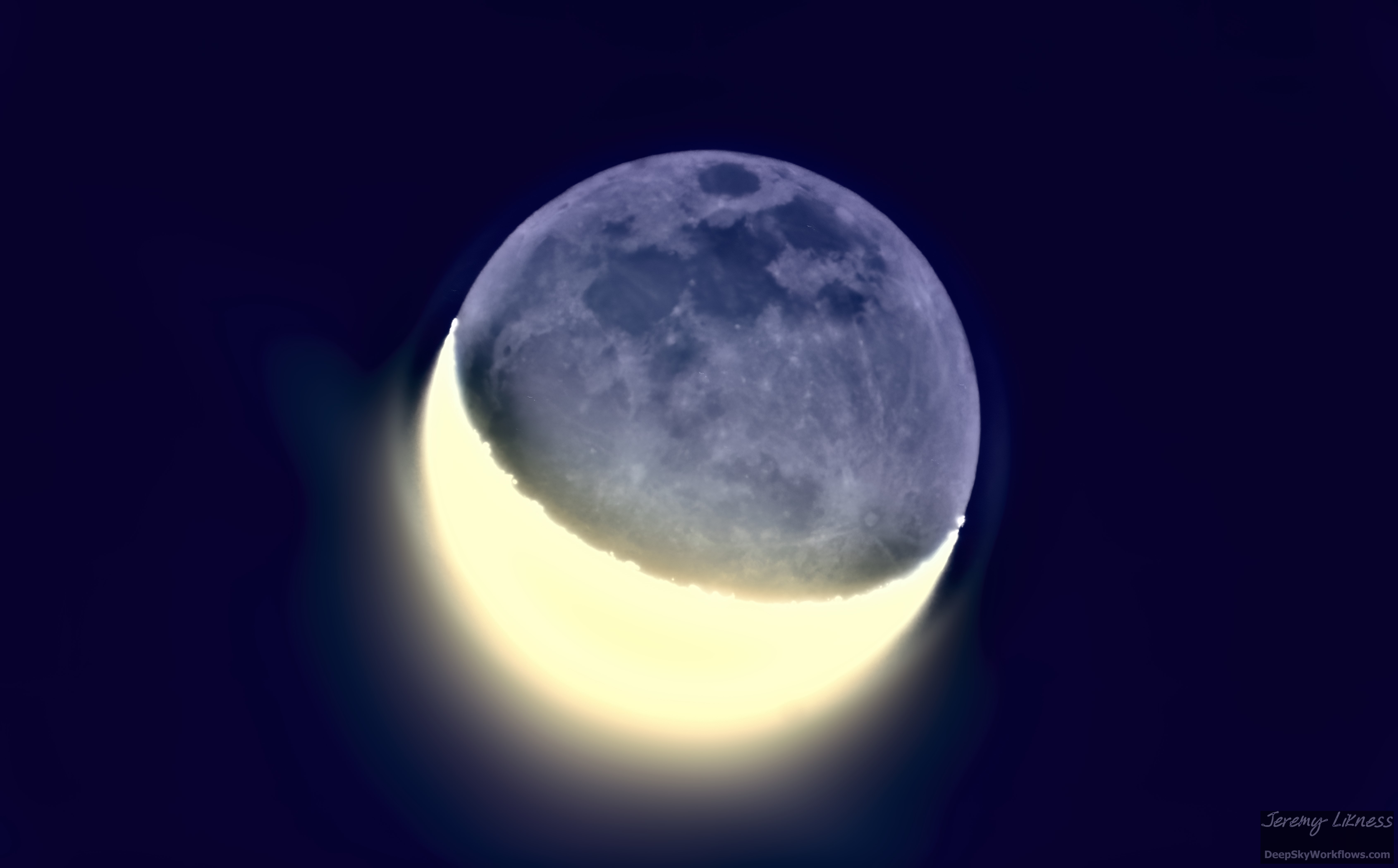January 05, 2024 1965 words 7 minutes to read
Review: William Optics Redcat 71 My new favorite lens
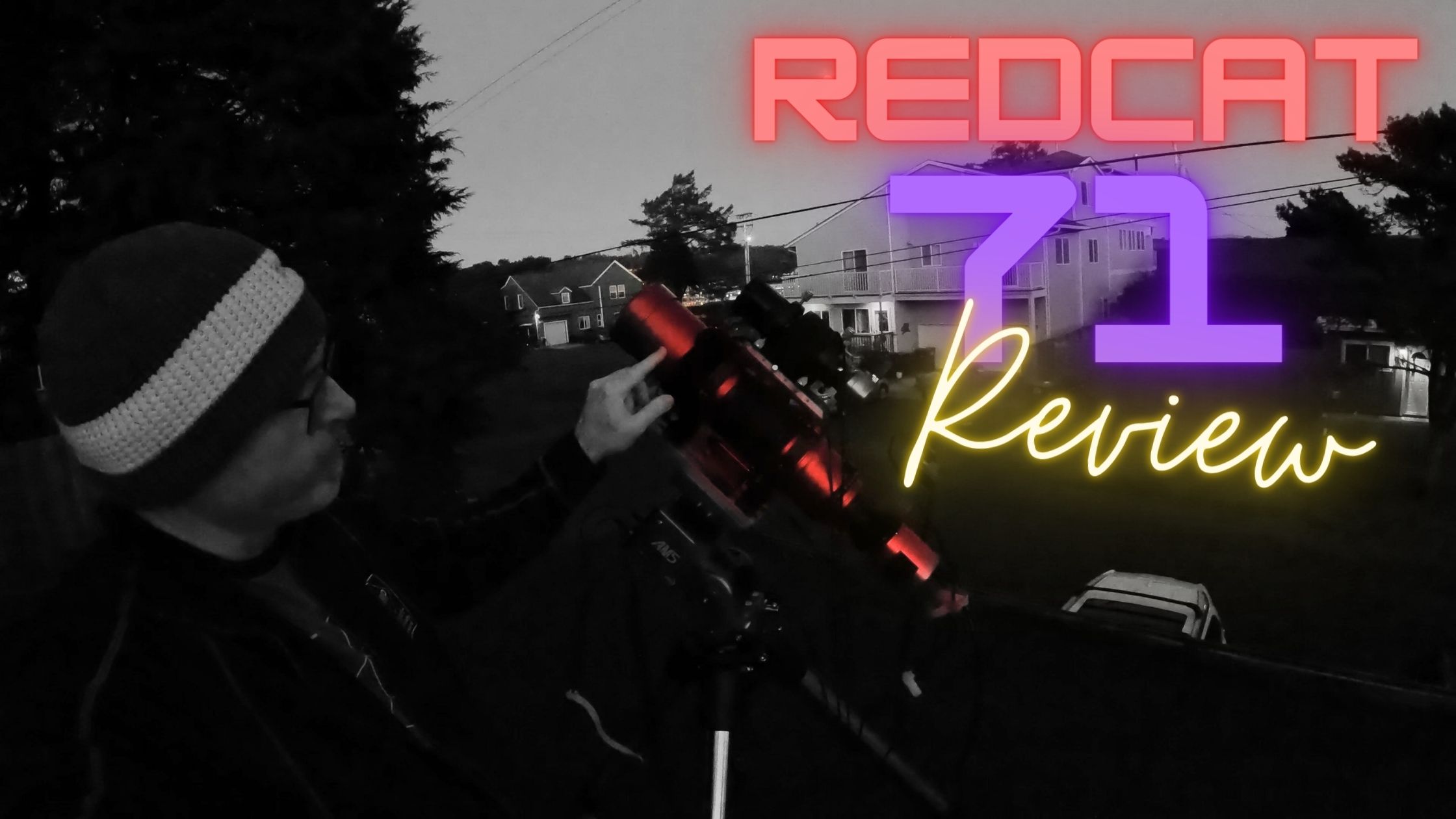
Summary
- Svbony SV503 70ED comparison
- The Specs
- What’s in the box
- What’s not in the box
- Things I wish I knew
- Results
- Pros and Cons
- Conclusion
After over three years of practicing this hobby, I finally decided to expand my equipment and take my imaging to the next level. A colleague of mine at Microsoft recently invested in a new rig and offered to sell his existing hardware at a pretty nice discount. I picked up the new telescope as part of a package deal and definitely paid less than the $1800 USD retail. If I purchased one new, I’d pick it up from High Point Scientific.
Svbony SV503 70ED comparison
The question I’m asked most often is, “How does this compare to your existing Svbony SV503 70ED telescope?” To save you the trouble of additional searching, here is a breakdown of key differences I noticed and my thoughts/comments:
| Feature | SV503 70ED | Redcat 71 | Notes |
|---|---|---|---|
| Aperture | 70mm | 71mm | |
| Focal Length | 420mm | 348mm | |
| F-stop | f/6 | f/5 | The field of view/speed is very similar between the pair. |
| Retail | ~$400 | ~$1700 | At over 4 times the cost, is the Redcat worth the additional investment of $1300? |
| Length | 12.52” | 16.81” | The Redcat is bulkier and less portable. |
| Weight | 4.9# | 7.1# | The SV503 works easily with standard tripods and even portable mounts like the Star Adventurer Mini. The Redcat requires something sturdier like the ZWO AM5. |
| Design | S-FPL-51 2-element achromatic doublet | FPL-53 4-element Petzval apochromatic doublet | The Redcat 71 uses superior glass and provides a much cleaner, clearer image without chromatic aberration. |
| Dew shield | Built-in | Built-in | |
| Focus | Dual-speed toothed focuser | Helical or WFID | Both focusers provide fine controls with locking mechanisms. It was easier for me to install an electronic auto-focuser on the Redcat due to the design. |
| Stars | Stretched at the edge, halos | Round to the edge, no halos | The superior optics of the Redcat really shine when it comes to stars. The SV503 requires a field flattener/reducer to provide pinpoint stars to the edge. |
| Backfocus difficulty | Hard | Easy | The SV503 requires precise backfocus or stars will get distorted. The Redcat, on the other hand, only requires you to find focus. If you are able to space your sensor so you are able to focus it, the stars will be round throughout the field of view. |
| Chromatic aberration | Significant | Minimal | My consistent issue with the SV503 is blue/purple halos around stars that I don’t get with the Redcat. |
| Final thoughts | This is a fantastic scope and probably the best option I am aware of at its price point. With the addition of a flat field will produce remarkable images. | The fact this telescope was designed for astrophotography is evident in the quality of the images it produces. The ease of backfocus, star shape and lack of halos or significant chromatic aberration make this worth every dollar of investment. | If your budget can afford it, I recommend the Redcat. The SV503, on the other hand, is far less expensive, more portable and easier to use on traditional tripods and portable mounts. |
OK, now that I’ve shared the comparisons, let’s dig into the details.
The Specs
📝 NOTE I use Amazon affiliate links and may receive a commission for purchases you make after following the links. The commission helps me pay for the software and equipment necessary for astrophotography and to produce the content for Deep Sky Workflows. I also link to places like High Point Scientific, B & H Photo, and Woodland Hills Telescopes. These are all vendors I’ve had great experiences with but am not affiliated with in any way.
The Redcat 71 comes with a nice, wide field of view at 348mm focal length. The 71mm aperture makes it f/5, a decent speed for deep sky photography. The design does not require a reducer or flattener, and with my 2.5x TeleVue PowerMate increases to 870mm.
Here is what the field of view using a ZWO ASI294MC Pro and a Sony A7R IV camera with the Redcat 71 pointed at M42: the Great Orion Nebula.
The Redcat with a 2.5x Barlow-style lens has the perfect field of view for photographing the moon.
Here’s a photograph I took with a similar (only 2x) configuration:
The Redcat is a Petzval refractor. This means it incorporates extra lenses between the objective lens and the focuser. The result is a much flatter field, less need for precise backfocus spacing, and an image that is star halo-free with minimal chromatic aberrations. The apochromatic (a lens with superior correction of spherical and chromatic aberrations compared to achromatic lenses) doublet refractor uses extremely high quality FPL-53 glass.
Field of view images courtesy of Astronomy tools.
Let’s checkout what comes in the box!
What’s in the box
Although I purchased my Redcat 71 secondhand, the owner did a great job of retaining all of the parts and manuals. The standard package includes:
- The 348mm focal length telescope (of course)
- A threaded dust cap made of sturdy metal that fits M48 threads
- A tilt adapter to correct for issues in your imaging train
- A built-in field rotator so you can rotate your camera angle to frame your target
- A saddle handlebar with M4 thumb screws you can use to add a guide scope
- The helical focuser (standard version) or proprietary WIFD focuser
- A focuser tension ring to lock in focus when you achieve it
- A focuser gear ring you can use with a belt to attach an auto-focuser
- Arca Swiss/Vixen Plate to easily attach to most mounts
- Mounting Rings
- A built-in dew shield to reduce condensation on the lens
- A Bahtinov mask to assist with achieving focus
- A carrying bag to transport the unit
- No need for a field flattener because of the design
It’s a very solid offering and I found I had all the elements I needed to integrate it with my own system.
What’s not in the box
Honestly, nothing. The box had everything I needed.
Things I wish I knew
I really wasn’t surprised by much with this scope, other than just how great the quality is. It is heavier and bulkier than the Svbony, but still very portable. I’ve taken it with me on several occasions to the beach to zoom in on waves, ships, and whales.
Results
I’ve had the opportunity to shoot a variety of targets with the Redcat so far. Here are some examples. First, let’s take a look at star quality. This is a single raw, uncropped and unedited (except for stretching the brightness levels to make it visible) 5-minute exposure.
Here is the upper left corner, zoomed in to show stars near the edge.
Now let’s see how this integrates into a final result!
Nebulae
My favorite nebulae shots were all taken with the Redcat. It has the perfect field of view for most popular targets. Here is Orion’s belt, featuring the star Alnitak, the Flame Nebula, and the Horsehead Nebula.
See all of my William Optics Redcat 71 nebulae photographs.
Clusters
The optics make capturing clusters a breeze with pinpoint stars. This was the first time I was able to fully appreciate the delicate dust surrounding the M45: Pleiades cluster.
See all of my William Optics Redcat 71 cluster photographs.
The Moon
I’m excited to see what is possible when photographing the moon with scope. My favorite image so far is this capture of a crescent moon with earthshine.
You can view all my published astrographs taken with the William Optics Redcat 71 to date.
Pros and Cons
The pros:
- No pulling out hair in frustration trying to achieve perfect backfocus distance
- Beautiful stars
- Minimal chromatic aberration
- Superior image quality
- Sturdy design
- Easy to mount and accessorize
- Built-in field rotator
- Built-in dew shield
- Built-in focus tension ring
- Great for both lunar and deep sky observations
The cons:
- Almost $2k price tag
- Too heavy for basic tripods and mounts
- I wanted to have at last three cons, but can’t think of a third
I’d love to hear your thoughts in the comments!
Conclusion
My only regret with my purchase of the Redcat 71 is that I didn’t buy one sooner. That is a compliment for the SV503 for its performance at a ~$400 price point. The Redcat optics combined with a high resolution camera and narrowband filters is opening new doors and possibilities for my imaging sessions. I’m creating my favorite images in over three years of practicing this hobby. A month ago, I would have declared this as my main scope for all full-disk lunar and deep sky observations in 2024. However, there is a twist: I just received my HyperStar for my Celestron EdgeHD 9.25” SCT and have not yet had the opportunity to test how that will impact my imaging plans in the coming year.
Post categories: Related tags:
